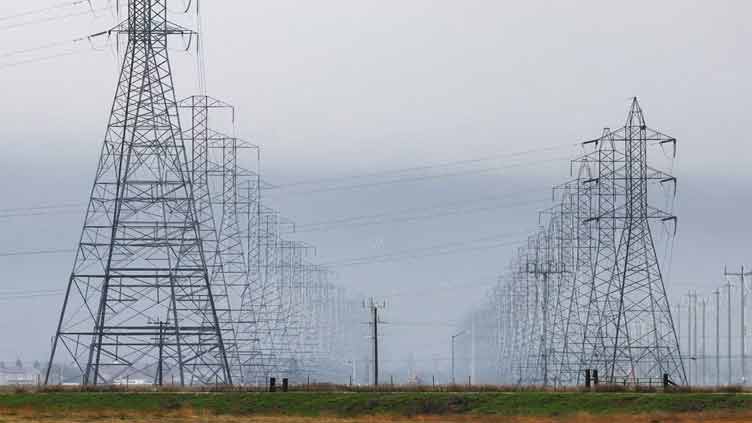US power, diesel demand to slide on slower economic growth

Business
EIA says share of renewable generation will jump from 22pc in 2022 to 23pc in 2023 and 25pc in 2024
NEW YORK (Reuters) – US power consumption will ease in 2023 from last year's record high as slower economic growth and milder weather depress usage, the US Energy Information Administration (EIA) said in its Short-Term Energy Outlook (STEO) on Tuesday.
Similarly, the EIA also said the diesel demand would drop through 2024 despite growing economic activity, extending a recent break from tradition where demand for the freight fuel grows with GDP.
EIA projected that power demand will slide from a record 4,048 billion kilowatt-hours (kWh) in 2022 to 4,010 billion kWh in 2023, before rising to 4,067 billion kWh in 2024 as economic growth ramps up.
It projected 2023 power sales would ease to 1,496 billion kWh for residential consumers and 990 billion kWh for the industrial sector, but rise to 1,374 billion kWh for commercial customers.
That compares with all-time highs of 1,522 billion kWh for residential consumers in 2022, 1,382 billion kWh in 2018 for commercial customers and 1,064 billion kWh in 2000 for industrial customers.
EIA said the natural gas share of power generation would rise from 39 per cent in 2022 to 41pc in 2023 before sliding back to 39pc in 2024. Coal's share will drop from 20pc in 2022 to 16pc in 2023 and 2024 as gas and renewable output rises, it said.
The percentage of renewable generation will jump from 22pc in 2022 to 23pc in 2023 and 25pc in 2024, while nuclear power's share will hold at 19pc in 2023 and 2024, the same as 2022, it said.
EIA projected 2023 gas sales would slide to 12.96 billion cubic feet per day (bcfd) for residential consumers, 9.57 bcfd for commercial customers and 22.71 bcfd for industrial customers, but rise to 34.32 bcfd for power generation.
That compares with all-time highs of 14.32 bcfd in 1996 for residential consumers, 9.66 bcfd in 2022 for commercial customers, 23.80 bcfd in 1973 for industrial customers and 33.20 bcfd in 2022 for power generation.
Historically, GDP has grown in tandem with manufacturing activity and diesel consumption as more goods orders increase the need for freight transport, the main driver of diesel demand.
After a brief spurt in consumer spending on goods during peak pandemic-related restrictions, however, service sector production has been the primary driver of GDP growth, which requires less diesel consumption, the EIA said.
Diesel consumption declined in the first quarter compared with the same time last year, a period of economic growth, the statistical arm of the US Department of Energy noted.
The EIA added that the trend is expected to continue, with diesel demand for the second half of this year seen below the 2015-2019 average and then falling further in 2024.
Between the first quarters of 2021 and 2023, spending on services rose 10pc while spending on goods rose just 2pc over that period, the EIA said.
The Institute for Supply Management said its manufacturing Purchasing Managers' Index (PMI) fell to 46.9 last month from 47.1 in April. It was the seventh straight month that the PMI stayed below the 50 threshold, which indicates contraction in manufacturing, and it is the longest such stretch since the Great Recession.
While the services sector has also slowed, the non-manufacturing PMI was still in expansion and landed at 50.2 for last month.
"Going forward, we expect this trend (of more spending on services) to continue and GDP to increase by 1.3pc in 2023, while the distillate-weighted manufacturing index declines by 1.1pc," EIA said.

